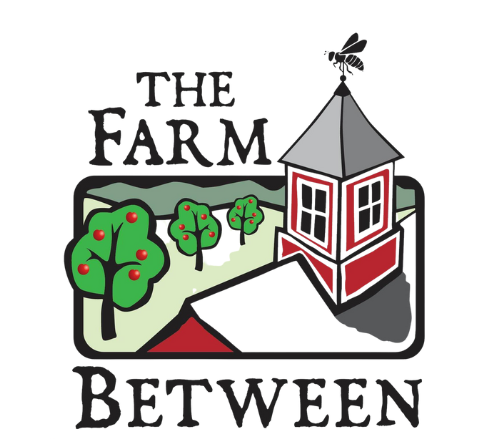Currant and Gooseberry Planting & Care
Currants and Gooseberries have not yet gained the following in the U.S. that they have in Europe, but many here are catching on to their virtues, and those who already have cannot get enough of them! These berries range in size, flavor and color from blueberry-size to grape-size, tart to sweet-tart, green to pink to red to black, and are packed with vitamins and antioxidants. Use them to make a delicious jam or syrup, or simply eat them fresh right off the bush.
Size, Spacing, and Bearing Age: Currants generally grow to be about 4-5 feet tall with a similar spread. Gooseberries stay a little smaller at about 3-5 feet. Plants can be grown individually or spaced at 3-5 feet. Gooseberries have thorns, so place them somewhere they won’t snag passersby.
Pollination: Both currants and gooseberries are self-fertile.
Soil & Site Selection: The Ribes species are incredibly adaptable, growing in part shade to full sun, and tolerating most soil conditions. For best fruit production, plant in full sun and fertile, well-drained soil, but currants in particular will still fruit in part shade and can grow in marginal soils. Apply mulch annually to keep weeds down and the soil cool and moist.
Planting: See Planting Guide and Bare Root Planting for instructions.
Pruning: Pruning currants and gooseberries is quite simple. Black currants fruit best on one to three year wood, while red currants and gooseberries fruit best on two to four year wood. In early spring, prune out any dead, diseased or broken branches, any that are older than three or four years, and any low-hanging or crowded branches. The objective is to remove unproductive wood and encourage new growth, as well as open up space throughout the bush in order to stimulate fruit production and discourage the spread of disease.
Pests & Diseases: Deer do not tend to bother Ribes plants, but if there is nothing else to eat they may nibble on the branches. If this is a concern, you can protect your young plants with a 5’-6’ wire cage. Currant worm affects red currants and gooseberries in particular. If you notice that something has been chewing on the leaves, check the undersides and remove any worms. Look carefully, as they are green with black spots and often blend in. If left unchecked, they can defoliate a young plant. Ribes are resilient and often bounce back from such devastation, but repeated damage may slow their growth and eventually kill them. Birds and chipmunks will try to get their share of red currants and gooseberries as they ripen in July. Luckily these low-growing plants are easy to net.
Unfortunately, black currants in particular are best known to some as being the alternate host for White Pine Blister Rust, a fungal disease that does little damage to currants and gooseberries, but can infect and potentially kill young white pines. In 1911 a ban was placed on growing these plants, and an effort was made to eradicate them from the wild. Due to the futility of such a task, as well as the development of resistant varieties, the ban has since been lifted in many states. To protect white pines, plant at least 100 feet away from them, and choose resistant varieties when possible.
